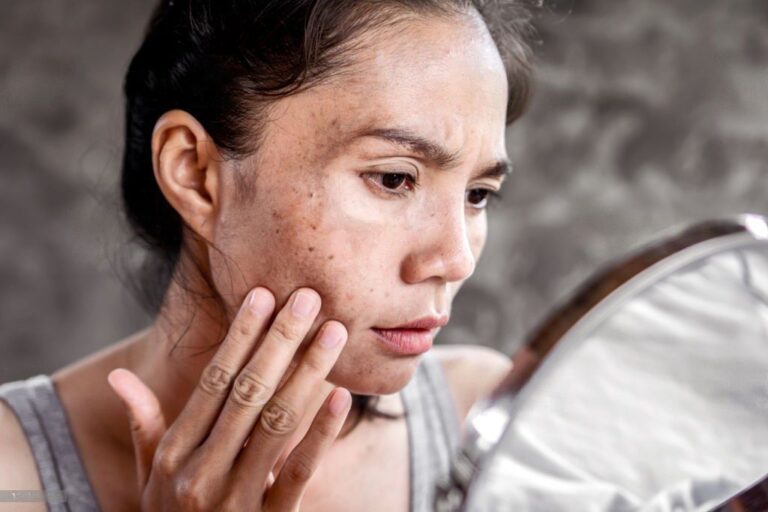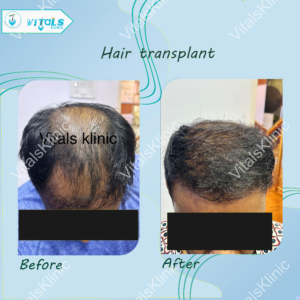PRP vs Hair Transplant: Which Is Better for You?
PRP vs Hair Transplant: Differences, Benefits, and Best Option for You Hair loss is a concern that affects both men and
Date :16-Nov-2022

A lot of people are looking for the right dark spots treatment. We all want perfect, flawless skin but unfortunately, that’s not always the reality. One of the most common skin problems that people face is the appearance of dark spots. This guide on how to choose right treatment for dark spots will help to remove them for some cosmetic reasons.

These dark spots can be caused by a variety of factors, such as sun exposure, acne, aging, and more. And while they can be frustrating to deal with, there are a number of treatments available at Vitals Skin and Hair Clinic in Bangalore that can help you get rid of them for good.
Are you troubled by dark spots on your skin? Do you feel self-conscious about your appearance and wish you could find a treatment to get rid of them? If so, you’re not alone. Many people struggle with dark spots, and just as many are looking for treatments to get rid of them.
But with so many treatments out there, how do you know which one is right for you? How can you be sure that the treatment you choose will actually work?
Here, we will guide you through the process of choosing a treatment for dark spots. We will discuss the different types of treatments available at Vitals Skin and Hair Clinic in Bangalore, and we will talk about the factors you should consider when making your decision. We will also provide a few tips on how to choose the right treatment for your needs.
There are a few ways to get rid from dark spots. The best option depends on the cause. Some medications can temporarily reduce dark spots. Our expert dermatologist at Vitals Skin and Hair Clinic in Bangalore can prescribe laser, microdermabrasion, chemical peels, photofacial treatments to remove them permanently. If the dark spots are caused by sun damage, they can be removed with laser treatments.
Laser treatments are the most effective way to remove dark spots. The laser removes pigmented cells, revealing a lighter area underneath. Removing the pigment and stimulating new cell growth produces a lighter, more even skin tone.
Microdermabrasion is a treatment used to remove the outer layer of the skin to promote new collagen growth. This improves the appearance of spots.
A chemical peel involves putting a skin-imparting solution on the face, which peels off the surface. This process can gradually bleach dark spots on the surface of the skin.
The hydra facial works by using gentle suction to draw out impurities from the skin, while simultaneously hydrating it with a stream of water. This combination of cleansing and hydration leaves the skin looking brighter, smoother and more radiant by reducing dark spots.
Treatment depends on what’s causing your dark spots. In case you have any query regarding treatment or medication you can consult our expert dermatologist at vitals skin and hair clinic in Bangalore.
PRP vs Hair Transplant: Differences, Benefits, and Best Option for You Hair loss is a concern that affects both men and

10 Essential Questions You Should Ask Before a Hair Transplant When considering a hair transplant, it’s natural to feel both excited

ACNE vs PURGING – Vital Differences You Must Know to Save Your Skin You just started a new skincare routine and